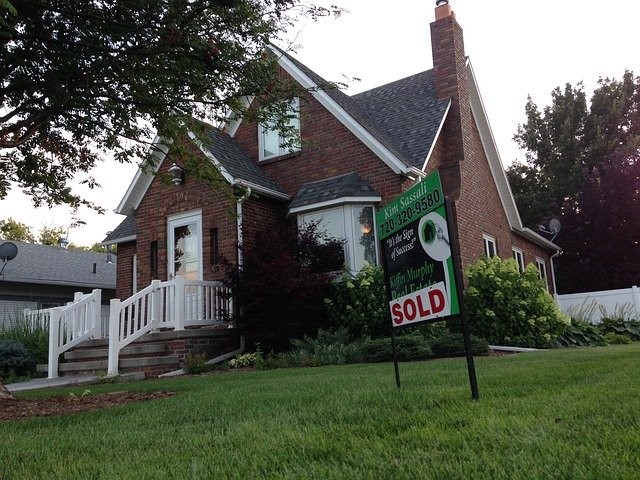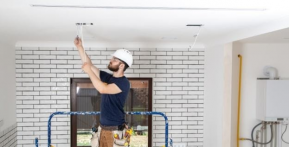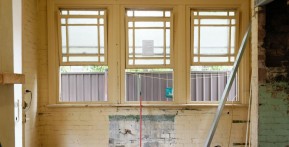
It's normal for home sellers to feel nervous about the home flaw's effect on the value of the property. So, it is common to see sellers touch up their property's exterior with a fresh lick of paint. More often, the goal is to show that the house is in great shape, if not hide some of its flaws.
In different parts of the U.S., agents and sellers must document any past or current defects to potential buyers. However, some sellers don't play fairly and will try to trick the buyer. Seller disclosure is necessary whether you're listing your home in the market or making a property purchase.
But what is a seller disclosure, and why is it important? Here are the answers to some of the frequently asked questions about real estate disclosure.
Understanding Seller Disclosure
Seller disclosure is referred to as home disclosure or real estate disclosure statement that comes in various forms. The form needs to be filled out by the seller before listing the property on the market. Included in the seller disclosure are any known home defects and issues as well as the repair works and upgrades done in the home.
It helps home buyers evaluate the property fairly and saves both parties from surprises during a home inspection. The forms, as well as the things included, varies depending on the state. However, it is required to disclose asbestos and lead-based paint according to federal law.
Read also: Things You Must Know Before Buying a Mobile Home
When should you complete your seller disclosure?
Usually, a seller completes the home disclosure early in the home selling process. Each state has different laws and standard practices, but the home disclosure is commonly attached to the real estate listing more often.
In some places, it is only provided to prospective homebuyers who ask for it. In some cases, the seller disclosure is handled shortly after the property goes under contract, before the home inspection.
What is included in a seller disclosure?
As mentioned earlier, real estate disclosure differs from one state to another. Also, it does not refer to a home's broken screen or other little defects. It is more concerned with bigger issues that can affect the home's structural integrity or quality of life.
Generally, most parts of the country include the following in a seller disclosure:
- Current or previous issues with the systems and structure of the property.
- Lead paint, asbestos, and other health hazards
- Any permanent defects that affect the systems and structure of the house, such as HVAC, plumbing, or electrical.
- Environmental issues like frequently noisy neighbors
- Major repairs done completed on the property
- Any construction work completed on the property whether permits were pulled or not.
- Water or well rights depending if the house does not have a municipal supply or is in arid areas.
- Natural hazards like flood danger and plumbing leaks
- Boundary line disputes
- Miscellaneous disclosures
Seller disclosure needs to have everything that a home inspector could find. The whole home selling process can be at risk if the inspector uncovers any issues not included in the seller disclosure. If the home buyer found any property issues that are not included in the seller disclosure, the buyer could try to hold the seller legally responsible.













